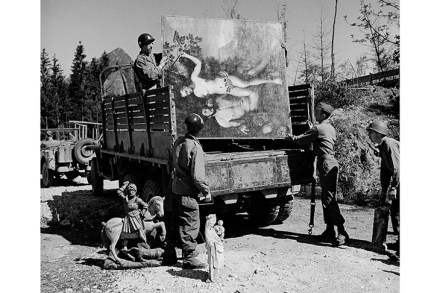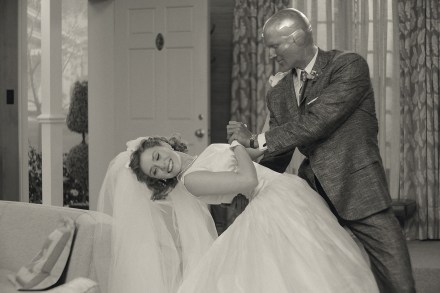One of the last men-only jobs left — offshore in the North Sea
As a child, I loved the Ladybird ‘People at Work’ series. I had the ones on the fireman, the policeman, the fisherman and the postman; and just one on a woman, The Nurse. Now, of course, they seem absurd. Women are doing all those ‘man’s’ jobs, and many more. So where do you go to find a men-only workplace? A monastery, maybe. Or an oil rig. It’s not clear how Tabitha Lasley first fell in with riggers, but she was quickly enthralled. They are among the best paid blue-collar workers in the country — at the height of the North Sea oil boom even rig cleaners earned £300 a day





















